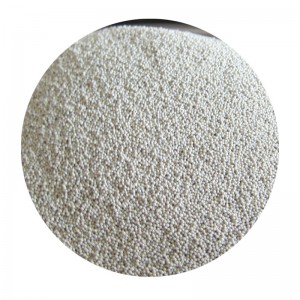

An authoritative approach to sanding ceramic surfaces includes constant monitoring of the sanding process. Periodically rinsing the ceramic piece with clean water and observing the surface will help detect scratches or imperfections early, allowing for timely refinements. This not only preserves the material but also ensures that the desired finish is achieved efficiently. The trustworthiness of techniques employed in sanding ceramics is bolstered by adherence to safety standards. Using protective gear, such as masks and goggles, safeguards against dust inhalation and foreign object damage, promoting a safe working environment. Additionally, understanding the environmental impact of the materials and tools used in sanding processes reflects a holistic approach and responsibility toward sustainable practices. In sum, sanding ceramic surfaces merges the art of craftsmanship with scientific precision. Mastery over this task epitomizes expertise, transforming raw ceramic into refined art or functional components, with each project reinforcing the artisan’s authority and credibility in this specialized field. The journey of learning, adapting, and perfecting this skill enhances one’s reputation for quality and trust, ensuring that each piece becomes a testament to expert craftsmanship. Post time:Jan . 09, 2025 10:51
Next:ceramic sand
